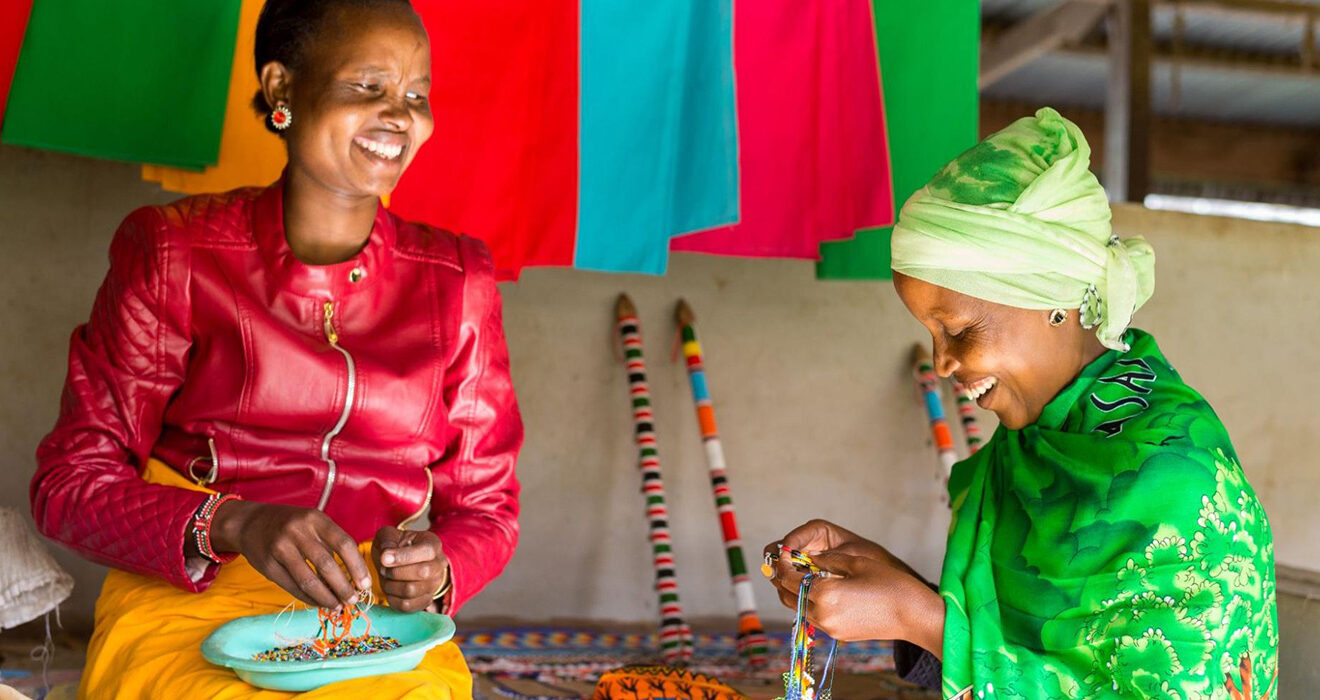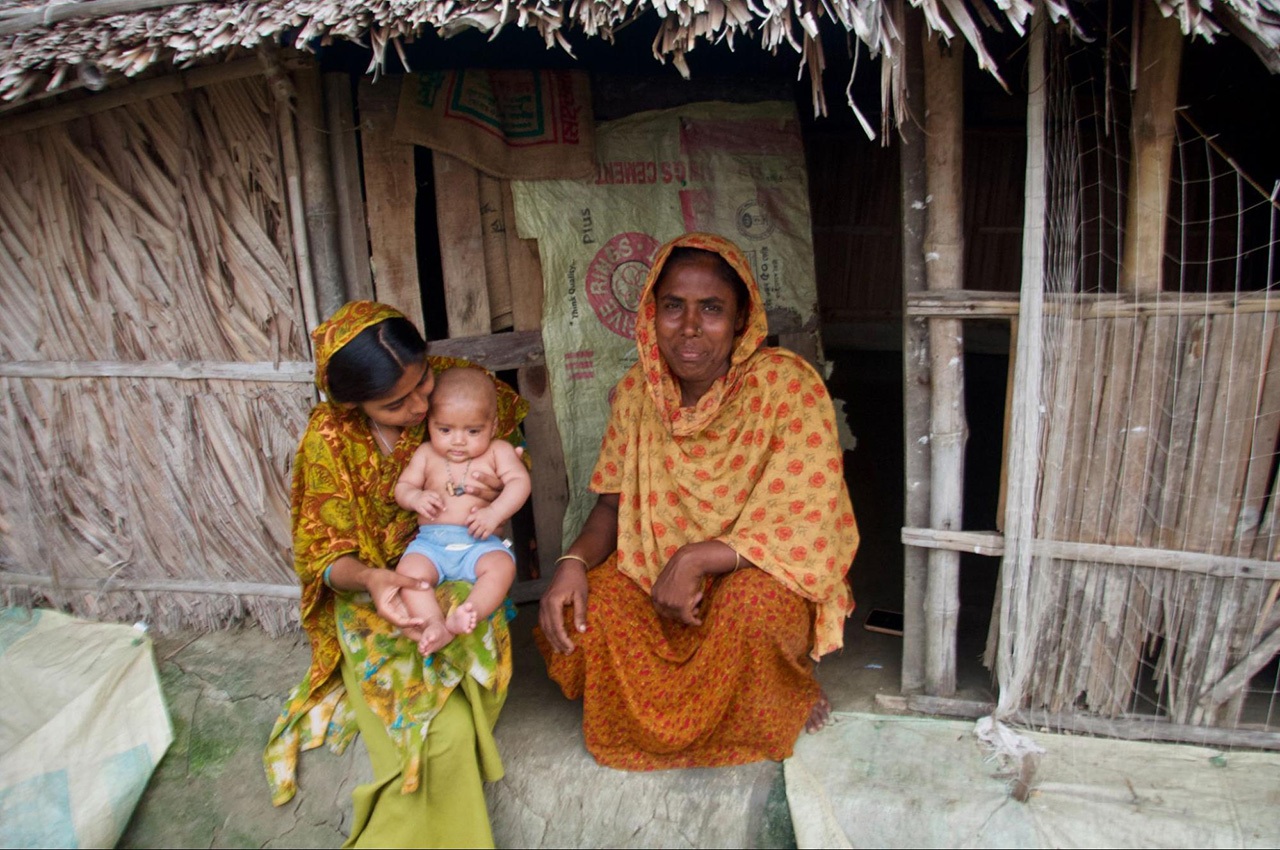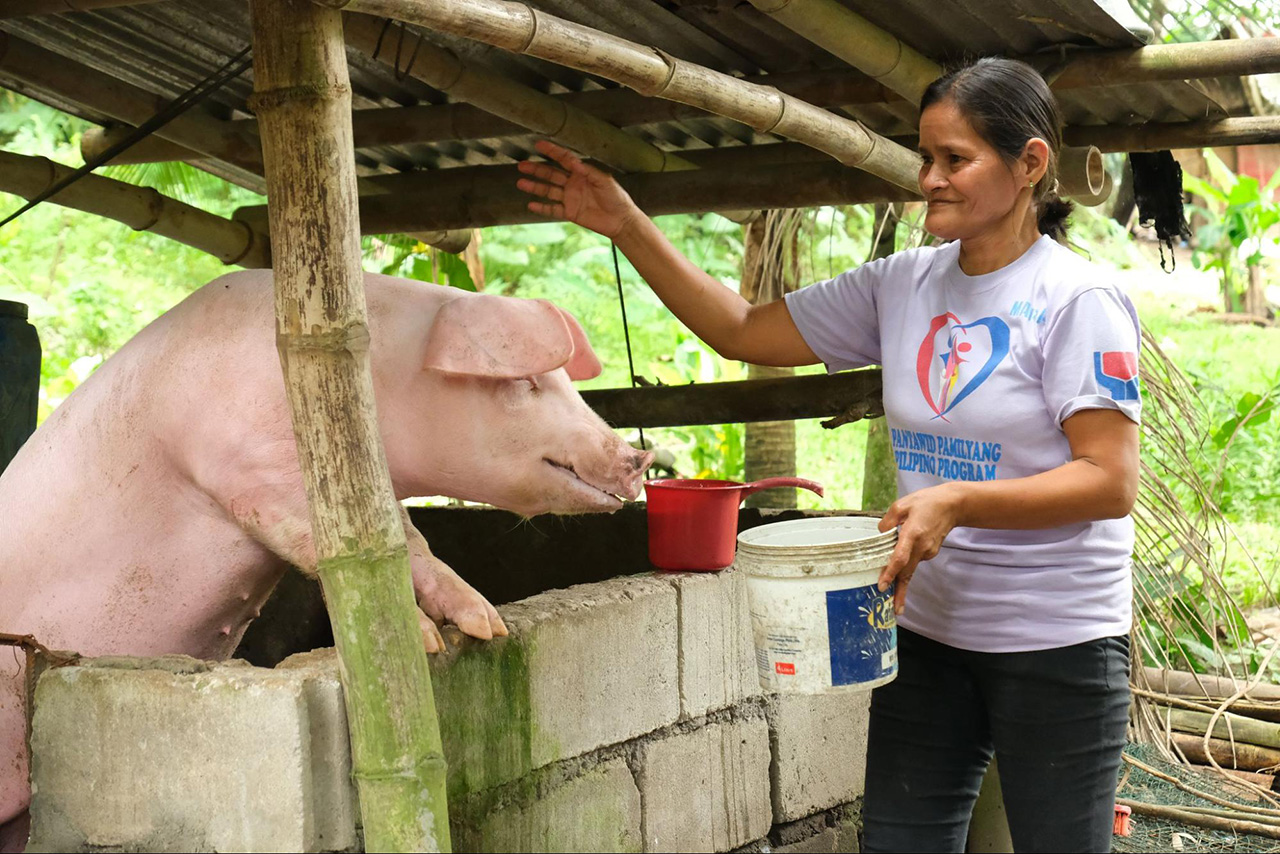How we can get back on track to end extreme poverty
One in ten people in the world lives in extreme poverty, and this is predicted to worsen. We need big investments in multifaceted, evidence-backed approaches to reverse these trends.

By Aude de Montesquiou and Syed M Hashemi
This piece was originally published on The Good Feed. It has been reposted here.
One in every ten people in the world lives in extreme poverty, and this is predicted to worsen, with the climate crisis and conflicts expected to push millions more into poverty in coming years. Big investments are needed to reverse these trends—particularly ‘big push’, multifaceted approaches that are evidence-backed and government-led. This blog covers one of those approaches, known as Graduation, which started in Bangladesh in 2002 and has now supported millions of households across the world to lift themselves out of extreme poverty.
If current trends continue, 690 million people across the world will still be living in extreme poverty by 2030.
However, that doesn’t have to be our reality.
Decades of experience and rigorous evaluations show us that multifaceted, ‘big push’ approaches offer one of several pathways for people in extreme poverty to act as agents of change and build long-term trajectories out of poverty. Such approaches combine resource transfers, skills development, and psychosocial support that, when adapted to the local context and provided simultaneously, alleviate the various barriers that trap people in extreme poverty.
As the world races to make progress on the Sustainable Development Goals (SDGs), including eradicating extreme poverty, development actors can support governments in integrating such evidence-based approaches into existing programs to achieve greater and more long-lasting impact, reaching millions more people. Extreme poverty is not insurmountable, and we have the resources and the know-how to sustainably combat it.
Help people lift themselves out of extreme poverty.
In our recent article ‘Globalizing Southern approaches to reducing extreme poverty’, we discuss how the Graduation approach went from being a Bangladesh-based, poverty alleviation approach to a widely adopted global intervention that has reached millions of people with governments around the world leading the charge.
 Mehina, a participant in BRAC’s climate-adapted Graduation program in Mongla, Bagerhat, sits outside her home with her daughter Khadiza and grandson, discussing how climate shocks like limited drinking water are affecting their lives and the support she is receiving from Graduation coaches to address some of those challenges (2024).
Mehina, a participant in BRAC’s climate-adapted Graduation program in Mongla, Bagerhat, sits outside her home with her daughter Khadiza and grandson, discussing how climate shocks like limited drinking water are affecting their lives and the support she is receiving from Graduation coaches to address some of those challenges (2024).
The origins of the Graduation approach
The Graduation approach was launched in 2002 after BRAC recognized its existing programming was not adequately meeting the needs of those furthest behind. In fact, it was not even reaching households at the lowest rung of the economic ladder.
BRAC saw that these people faced a myriad of social and economic challenges that prevented them from accessing and utilizing services such as microfinance—a situation known as the poverty trap. To escape this trap, they would need a variety of resources and support beyond cash.
This realization, along with intensive observation within communities and extensive discussions with staff, led to the creation of a new model, called ‘Challenging the Frontiers of Poverty Reduction—Targeting the Ultra Poor’—now referred to as the Ultra-Poor Graduation program.
Graduation was designed as an adaptive, sequenced model that over a two-year period equipped people to build sustainable livelihoods and trajectories out of poverty by simultaneously tackling the various constraints that kept them trapped in a state of deprivation.
It is not a rigid model. Experimenting, learning and evolution has been ongoing for two decades, informing constant iteration and improvement in Bangladesh as it expands—to date reaching over 2.2 million households across the country.
Invest in evidence-based approaches that make a big impact.
Taking it global
While Graduation represented a break-through approach, partnerships with influential actors like the Consultative Group to Assist the Poorest (CGAP) and the Ford Foundation helped globalize this knowledge.
In 2006, CGAP and the Ford Foundation launched an initiative to test and document how Graduation’s mix of interventions equipped those furthest behind to ‘graduate’ out of extreme poverty in a time-bound period. Together, they launched ten pilot programs in eight countries, different in regional, economic, cultural, and ecological aspects—Haiti, Pakistan, Honduras, Peru, Ethiopia, Yemen, Ghana, and India.
This effort ultimately resulted in the 2015 publication of ‘A Multifaceted Program Causes Lasting Progress for the Very Poor: Evidence from Six Countries’, a study by Nobel Laureates Abhijit Banerjee and Esther Duflo, along with Dean Karlan and others, proving that the Graduation approach ‘caused broad and lasting economic impacts’ across a wide array of contexts.
Scaling through government
Graduation has become one of the most well-researched poverty reduction approaches in the world, with more than two dozen rigorous evaluations demonstrating it can achieve broad and lasting impact for those furthest behind across a wide variety of contexts.
The most recent studies in Bangladesh and India show that significant reductions in poverty persisted for up to seven to ten years, demonstrated through a continued increase in income, consumption, assets, and food security, empowering families with lasting benefits for future generations.
The wealth of evidence on the long-term impacts of Graduation has influenced widespread adoption among key global actors, including governments. There are an estimated 15 governments across Latin America, Africa, and Asia that have adopted the approach.
 Corazon, a participant in a Graduation pilot implemented by the Philippine Department of Labor and Employment and supported by BRAC alongside the Asian Development Bank from 2018-2020, was able to diversify her income and see her children through school in Murcia, Negros Occidental, Philippines (2020).
Corazon, a participant in a Graduation pilot implemented by the Philippine Department of Labor and Employment and supported by BRAC alongside the Asian Development Bank from 2018-2020, was able to diversify her income and see her children through school in Murcia, Negros Occidental, Philippines (2020).
Some governments are incorporating it into existing systems at scale, leveraging already committed funding to reach hundreds of thousands of households. For example, the Government of Bihar in India has an inclusive livelihood program modelled after Graduation which has reached nearly 1 million people to date. The Philippine Department of Labor and Employment recently announced efforts to incorporate the Graduation approach into its livelihood program through the convergence of existing government programs to combat poverty. This initiative builds off the success of a pilot program BRAC supported alongside the Asian Development Bank, which reached 2,400 households in 29 barangays across five municipalities in Negros Occidental.
With the climate crisis and international instability disproportionately impacting those furthest behind, it is essential that the international development community supports governments in adopting evidence-based approaches like Graduation and integrating them into existing programs and strategies.
We know what works. We have the resources. We need to work together more effectively to leverage what already exists to achieve greater and more sustainable impact so millions more people can create lasting trajectories out of poverty.
Make a gift to unlock human potential.
Aude de Montesquiou is a Senior Advisor at BRAC Institute of Governance and Development and Syed M Hashemi is a Professor, School of General Education, at BRAC University.